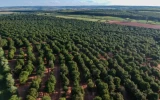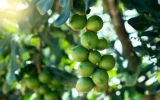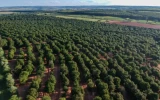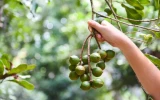How Many Macadamia Trees Should You Plant Per Acre?
The number of macadamia trees per acre depends on the size of the trees at maturity and the amount of room they will need to grow. It also depends on the amount of sunlight and shade in your location, as macadamia trees require full sun to grow properly. Taking these factors into account, let's determine the optimal spacing and number of trees per acre for your macadamia orchard.
If you choose to space your trees 15 feet apart, you can expect to plant approximately 194 macadamia trees per acre. However, if you decide to space your trees 20 feet apart, you can expect to plant approximately 109 trees per acre.
Aside from spacing between trees, the number of macadamia trees per acre also depends on the variety of macadamia and the soil quality of your land. As you read further, we'll find out how these factors affect optimal tree density.
It's crucial to be aware of the ideal density of macadamia trees per acre when establishing a new macadamia orchard as it helps in deciding the best spacing between trees and the most effective planting arrangement.
Summary
- The Beaumont variety, with its larger canopy, requires wider spacing between trees to allow for adequate sunlight exposure and room for the extensive root system to develop without competition from neighboring trees.
- The ideal density of macadamia trees per acre depends on the quality of the soil, with well-drained and fertile soils supporting higher tree density, while poorly drained or nutrient-deficient soils require lower tree density to ensure optimal growth and yield.
- Wider spacing allows for more room for each tree to access resources without as much competition, potentially leading to healthier individual trees with less intensive management required, but may result in underutilization of the land and lower overall yields per acre.
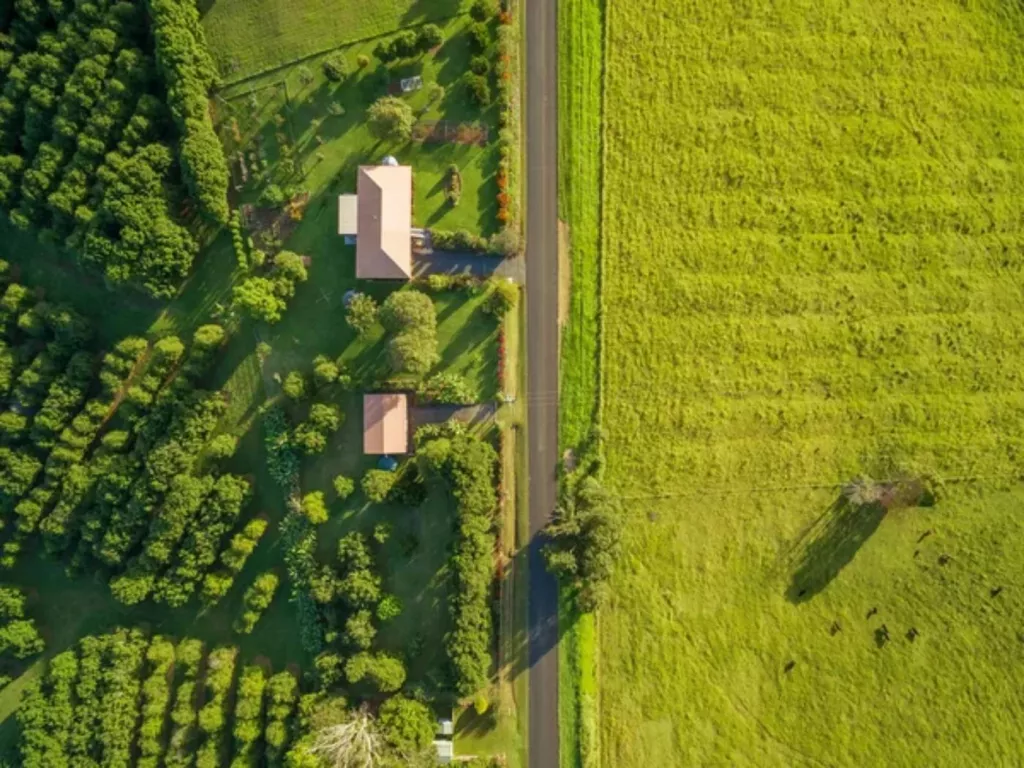
On this page:
Optimal Tree Density per Acre Based on Spacing
The table below indicates the number of trees that can be accommodated per acre at specific spacing intervals:
| Spacing (feet) | Trees per Acre |
|---|---|
| 15 | 194 |
| 20 | 109 |
The recommended spacing for macadamia trees is 15 to 20 feet between each tree. If you choose to space your trees 15 feet apart, you can expect to plant approximately 484 trees per hectare or 194 trees per acre.
However, if you decide to space your trees 20 feet apart, you can expect to plant approximately 278 trees per hectare or 109 trees per acre. You can learn more about the ideal macadamia density per acre in this article.
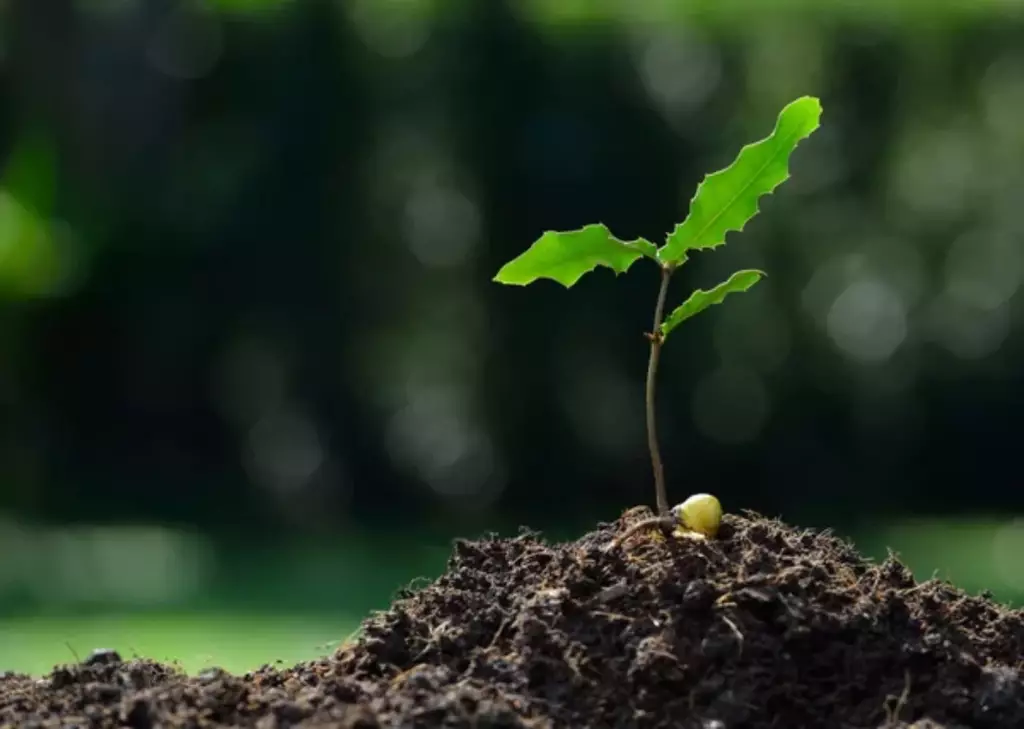
The optimal density of macadamia trees per acre directly impacts the yield and productivity of the macadamia orchard. The spacing between trees determines the amount of sunlight, nutrients, and water available to each tree, which in turn affects the growth and development of the trees and ultimately the quantity and quality of the macadamia nuts produced.
A spacing of 15 feet between trees allows for a higher density of 194 trees per acre. This close spacing maximizes land use efficiency and can potentially lead to higher overall yields per acre.
However, you will need to consider that with such high density, there may be increased competition for resources among the trees, which could require more intensive management practices to ensure optimal growth and health.
On the other hand, a spacing of 20 feet between trees results in a lower density of 109 trees per acre. This wider spacing allows for more room for each tree to access resources without as much competition, potentially leading to healthier individual trees with less intensive management required. However, this lower density may result in underutilization of the land and lower overall yields per acre.
Required Tree Density per Acre According to Variety
The table presents the estimated number of macadamia trees per acre for different varieties:
| Macadamia Variety | Estimated Number of Trees per Acre |
|---|---|
| Beaumont | 30-40 |
| A4 | 60-80 |
| 344 | 50-70 |
| 741 | 40-50 |
Different varieties of macadamia trees have different growth habits, canopy sizes, and spacing requirements. You need to consider the specific needs of each variety when determining the ideal tree density per acre.
In general, macadamia trees are often planted at a spacing of 20 to 25 feet apart in rows, with 25 to 30 feet between rows. This translates to approximately 60 to 110 trees per acre, depending on the specific spacing used. However, this spacing may need to be adjusted based on the specific requirements of the macadamia variety being cultivated.
The Beaumont, one of the best varieties of macadamia trees, typically has a larger canopy and requires more space compared to the A4 variety, which has a more compact growth habit. This difference in growth habit directly impacts the recommended tree density for each variety.
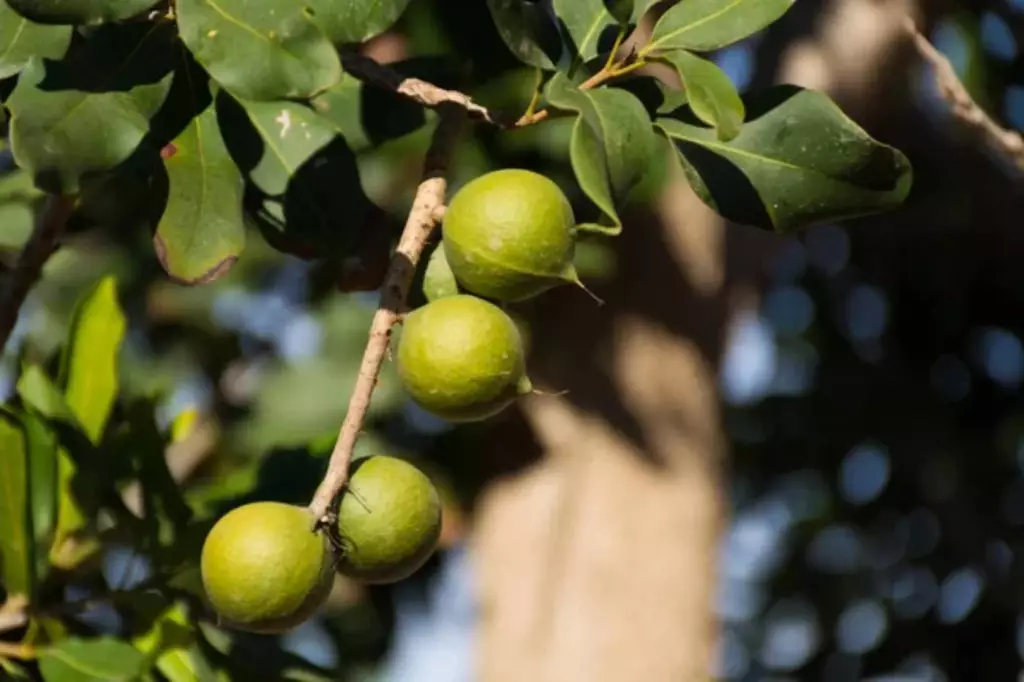
The larger canopy of the Beaumont variety necessitates a wider spacing between trees to allow for adequate sunlight exposure, airflow, and room for the extensive root system to develop without competition from neighboring trees.
On the other hand, the more compact growth habit of the A4 variety allows for a higher density of trees per acre, as the trees can be planted closer together while still maintaining sufficient space for each tree to thrive.
The 344 variety, similar to the Beaumont, typically has a larger canopy and may require a slightly wider spacing between trees to accommodate its growth habit. This variety may thrive best when planted at a moderate density, allowing for adequate room for the development of its canopy and root system while still optimizing land use.
In contrast, the 741 variety may have a growth habit that falls between the more compact A4 variety and the larger-canopied Beaumont and 344 varieties. This could result in a tree density recommendation that balances the need for sufficient space for growth and development with the potential for a higher number of trees per acre compared to the larger-canopied varieties.
Ideal Tree Density per Acre Depending on Soil Quality
The table below provides guidance on the ideal Macadamia tree density per acre based on different soil qualities:
| Soil Quality | Optimal Tree Density per Acre | Considerations |
|---|---|---|
| Well-drained | 80-100 trees | Good water-holding capacity, adequate aeration, and nutrient-rich soils support increased tree density. |
| Poorly-drained | 50-70 trees | Lower density is required to prevent waterlogging and root damage due to poor drainage. |
| Fertile | 90-110 trees | Nutrient-rich soils can support higher tree density, promoting healthy growth and increased yield. |
| Nutrient-deficient | 60-80 trees | Lower density compensates for limited nutrient availability, ensuring optimal tree growth. |
| Loamy | 85-105 trees | Loamy soils provide good water retention and aeration, allowing for moderate to higher tree density. |
| Sandy | 70-90 trees | Lower water retention may require moderate tree density to ensure adequate water supply for trees. |
| Clayey | 60-80 trees | Compacted clayey soils may necessitate lower tree density to prevent root suffocation and waterlogging. |
Macadamia trees thrive in well-drained, fertile soils with good water-holding capacity. The ideal soil pH for macadamia cultivation ranges from 5.5 to 6.5. Based on soil quality, the following considerations can help determine the optimal tree density per acre:
In poorly drained soils, it is essential to reduce tree density to prevent waterlogging and root damage. Conversely, well-drained soils can accommodate higher tree density.
Soil fertility can also directly impact macadamia tree growth and yield. Nutrient-rich soils can support higher tree density, while nutrient-deficient soils may require lower tree density to ensure optimal growth.
Soil texture, classified as sandy, loamy, or clayey, influences water retention and aeration. Loamy soils are generally preferred for macadamia cultivation and can support higher tree density compared to sandy or clayey soils.
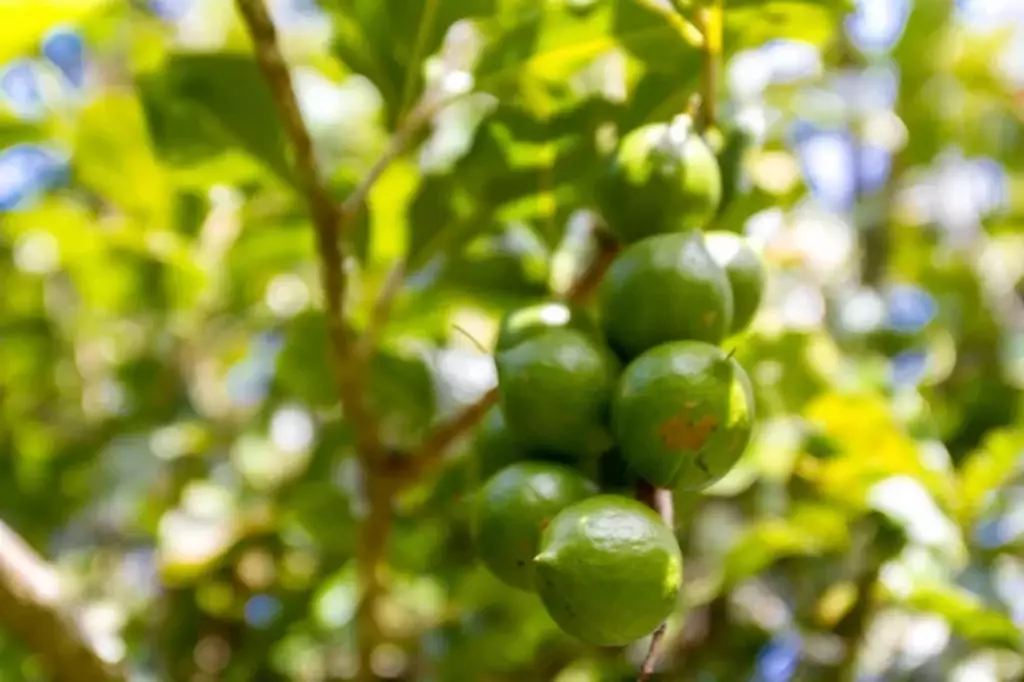
Meanwhile, in soils with limited resources, lower tree density is advisable to avoid resource competition and ensure optimal growth.
Considering the root spread of mature macadamia trees is crucial when determining tree density. Adequate spacing is necessary to allow for healthy root development without excessive competition among neighboring trees.
Other Factors That Influence Tree Density in Macadamias
Macadamia trees are known for their large, spreading canopies and can grow to be quite substantial in size. As a result, the spacing between trees must be carefully planned to ensure that they have enough room to grow and thrive.
When determining the number of macadamia trees per acre, you may need to take into account the mature canopy size of the trees. This involves considering the spread of the branches and the potential for overcrowding as the trees reach full size.
Adequate spacing between trees is essential to allow for proper air circulation, sunlight exposure, and access to nutrients and water from the soil.
In addition to considering the size of the trees at maturity, the amount of sunlight and shade in the location also plays a crucial role in determining the optimal number of macadamia trees per acre.
Macadamia trees require full sun to grow and produce a healthy crop of nuts. Therefore, the planting site must offer sufficient sunlight throughout the day to support the trees' photosynthesis and overall growth.
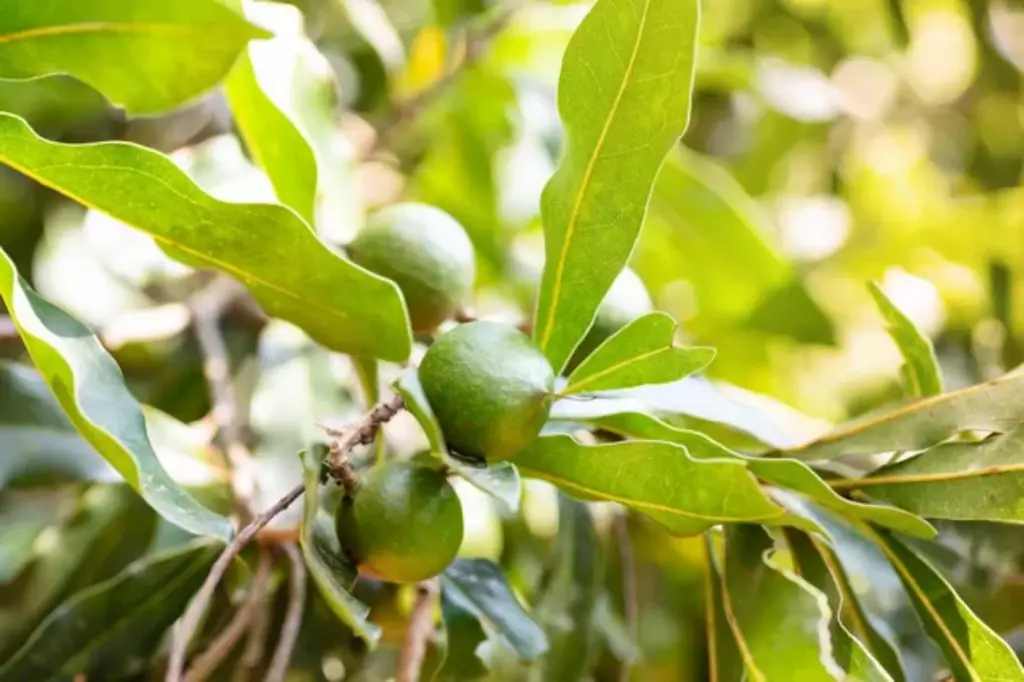
The local climate and environmental conditions should also be taken into account when deciding on the number of macadamia trees per acre. Factors such as prevailing winds, frost risk, and soil quality can impact the spacing and arrangement of the trees to ensure their well-being and productivity.
